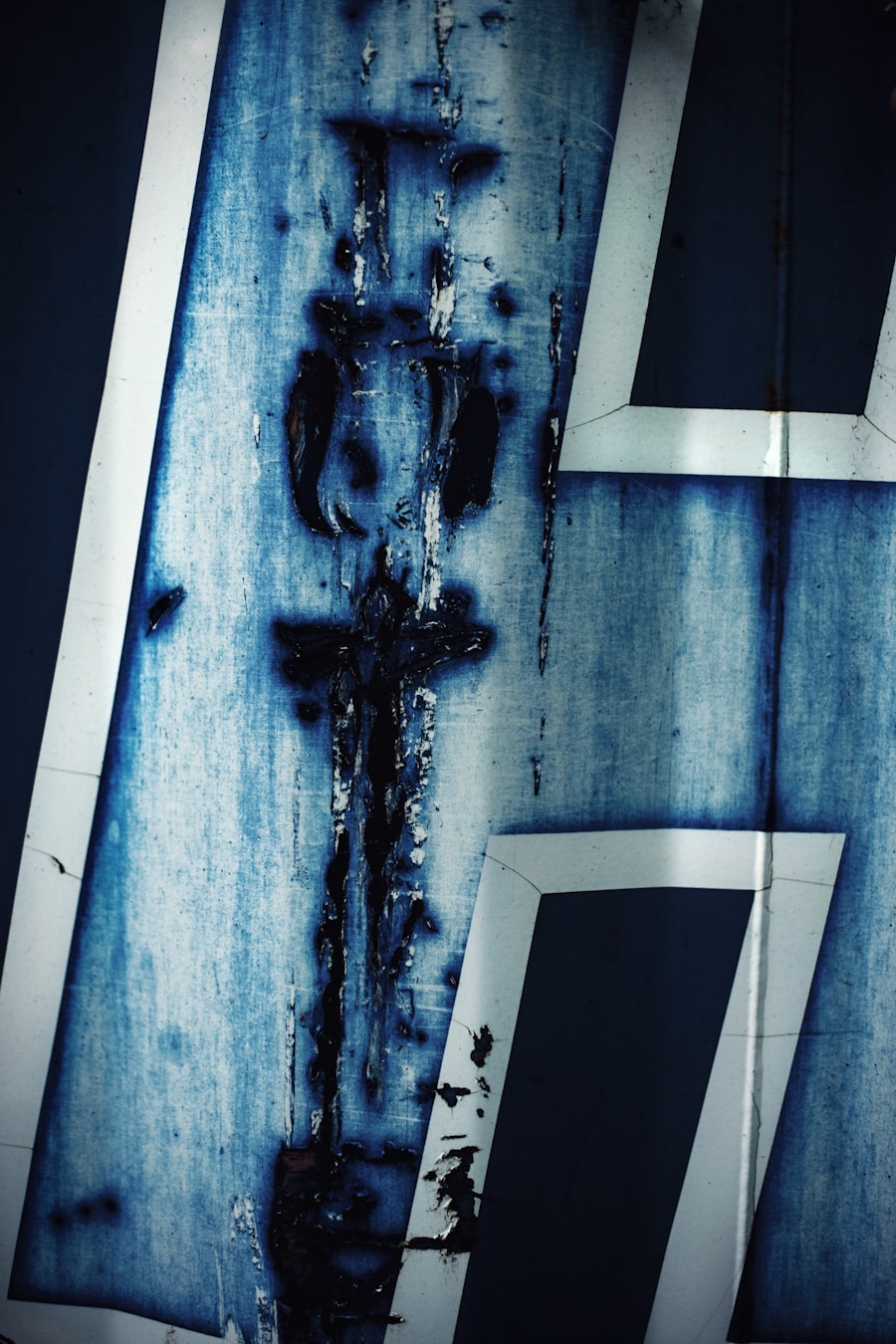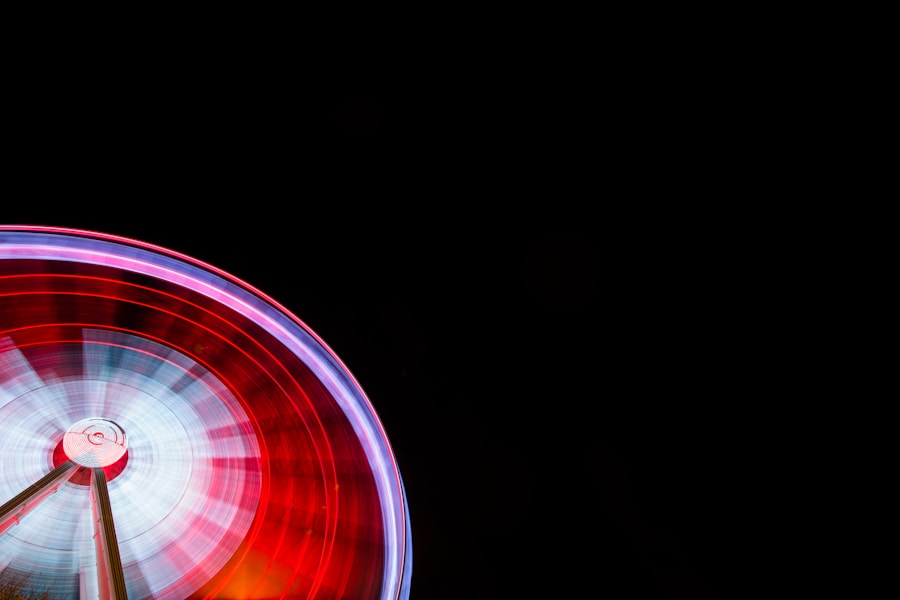When you think of the Marvel Cinematic Universe (MCU), your mind likely races to the thrilling action sequences, the iconic characters, and the intricate storylines that have captivated audiences worldwide. However, one of the most powerful tools in the MCU’s marketing arsenal is its posters. These visual representations serve not only as promotional materials but also as artistic expressions that encapsulate the essence of each film.
They invite you into a world where heroes and villains clash, where epic battles unfold, and where every detail is meticulously crafted to draw you in. Posters are more than just images; they are a gateway to the cinematic experience that awaits you. Each design is a carefully curated blend of color, typography, and imagery that reflects the tone and themes of the film.
As you explore the evolution of these posters, you’ll discover how they have transformed alongside the MCU itself, mirroring its growth from a fledgling franchise to a cultural phenomenon. The journey through these visual narratives reveals not only the artistry behind them but also their significance in shaping your expectations and excitement for each new installment.
Key Takeaways
- MCU posters have played a significant role in promoting and visualizing the Marvel Cinematic Universe’s (MCU) storytelling and characters.
- Phase 1 of the MCU marked the birth of the franchise with iconic posters that introduced key characters and set the tone for the interconnected universe.
- Phase 2 saw the expansion of the MCU with diverse storytelling and experimentation reflected in the posters, showcasing the evolution of the franchise.
- Phase 3 culminated in a saga with visually striking posters that captured the epic scale and emotional stakes of the storyline.
- Phase 4 represents a new beginning for the MCU, with posters reflecting a fresh direction and introducing new characters and narratives.
Phase 1: The Birth of the MCU
The inception of the MCU marked a pivotal moment in cinematic history, and its posters played a crucial role in establishing its identity. The first phase introduced you to a universe filled with superheroes, each with their own unique stories and backgrounds. The posters from this era were characterized by their bold colors and striking imagery, designed to capture your attention and ignite your curiosity.
For instance, the poster for “Iron Man” featured Tony Stark in his iconic suit, exuding confidence and charisma, setting the tone for what would become a beloved character. As you delve deeper into Phase 1, you’ll notice how these posters began to establish a visual language that would become synonymous with the MCU. The use of minimalist designs, coupled with powerful taglines, created an immediate connection with audiences.
The poster for “The Avengers,” for example, showcased the ensemble cast in a dynamic arrangement, hinting at the epic team-up that awaited viewers. This was not just a film; it was a celebration of heroes coming together, and the poster effectively conveyed that sense of unity and excitement.
Phase 2: Expansion and Experimentation

With Phase 2, the MCU began to expand its horizons, both in terms of storytelling and visual representation. The posters from this era reflect a willingness to experiment with different styles and themes, inviting you to explore new dimensions of the Marvel universe. Films like “Guardians of the Galaxy” introduced a vibrant color palette and whimsical designs that set them apart from their predecessors.
The poster for this film, featuring the eclectic team of misfits against a cosmic backdrop, perfectly encapsulated its adventurous spirit. As you examine the posters from Phase 2, you’ll see how they began to incorporate more intricate details and character-focused designs. The “Ant-Man” poster, for instance, cleverly played with scale, showcasing the titular hero in a way that emphasized both his size and his significance within the larger narrative.
This phase not only expanded the MCU’s roster of characters but also allowed for greater creativity in how those characters were visually represented. Each poster became a canvas for storytelling, inviting you to delve deeper into the personalities and motivations of your favorite heroes.
Phase 3: The Culmination of a Saga
Phase 3 marked a monumental chapter in the MCU’s journey, culminating in an epic showdown that had been building for years. The posters from this phase reflect a sense of urgency and gravity as they prepare you for the emotional stakes involved. The “Infinity War” poster is a prime example; it features an array of characters facing an overwhelming threat, with Thanos looming large in the background.
This design not only highlights the scale of the conflict but also evokes a sense of impending doom that resonates with fans. As you navigate through this phase, you’ll notice how the posters began to tell stories within themselves. Each character’s placement and expression conveyed their role in the narrative, creating a visual hierarchy that drew your eye to key figures.
The “Endgame” poster took this concept further by showcasing an array of heroes standing united against adversity. This powerful imagery served as a rallying cry for fans, encapsulating years of storytelling into one striking visual representation. It was more than just a poster; it was a testament to loyalty, sacrifice, and hope.
Phase 4: A New Beginning
With Phase 4, the MCU embarked on an exciting new chapter filled with fresh narratives and diverse characters. The posters from this phase reflect a shift towards inclusivity and innovation, inviting you to explore stories that resonate on different levels. Films like “Shang-Chi and the Legend of the Ten Rings” introduced new cultural elements into the mix, and its poster beautifully captured this essence through vibrant colors and traditional motifs that celebrated its heritage.
As you explore further into Phase 4, you’ll find that these posters are not just about individual films but also about building connections within the broader MCU tapestry. The “Eternals” poster showcased its ensemble cast against a celestial backdrop, hinting at their cosmic origins while emphasizing their unity as protectors of Earth. This phase is characterized by a sense of exploration—both in terms of storytelling and visual representation—inviting you to embrace new perspectives while still honoring the legacy of what came before.
Visual Storytelling Techniques in MCU Posters

The artistry behind MCU posters goes beyond mere aesthetics; it employs various visual storytelling techniques that engage you on multiple levels. One prominent technique is the use of color symbolism. Each hue conveys emotions and themes that resonate with you as an audience member.
For instance, darker tones often signify conflict or danger, while brighter colors evoke feelings of hope or adventure.
Another technique is composition—the arrangement of elements within the poster that guides your eye and tells a story at a glance.
The placement of characters can indicate relationships or hierarchies within the narrative. For example, when heroes are positioned together in a dynamic pose, it suggests camaraderie and teamwork, while isolating a character can imply struggle or conflict. These visual cues enhance your understanding of character dynamics and plot points without needing explicit explanations.
The Impact of MCU Posters on Pop Culture
MCU posters have transcended their original purpose as marketing tools; they have become cultural artifacts that reflect societal trends and shifts in audience expectations. As you look back at these designs over time, you’ll see how they have influenced not only other film franchises but also broader pop culture phenomena. The iconic imagery associated with Marvel films has permeated various aspects of life—from fashion to art—creating a lasting impact that resonates with fans across generations.
Moreover, these posters have sparked conversations about representation and diversity within media. As Phase 4 introduced more varied characters and stories, fans began to celebrate posters that showcased underrepresented voices. This shift has encouraged discussions about inclusivity in Hollywood and has inspired other franchises to follow suit.
By embracing diverse narratives through their visual marketing, MCU posters have played an essential role in shaping cultural conversations around representation in film.
The Future of MCU Poster Design
As you look ahead to the future of MCU poster design, it’s clear that innovation will continue to be at the forefront. With advancements in technology and design techniques, there are endless possibilities for how these visuals can evolve. You might see more interactive elements or augmented reality features that allow fans to engage with posters in new ways—transforming them from static images into immersive experiences.
Additionally, as storytelling within the MCU expands into new genres and formats—such as television series on Disney+—the design approach may adapt accordingly. Expect to see posters that reflect unique styles tailored to specific narratives while still maintaining a cohesive identity within the larger universe. As you anticipate future releases, remember that each poster will continue to serve as both an invitation into new adventures and a celebration of the rich tapestry that is the Marvel Cinematic Universe.
In conclusion, MCU posters are more than just promotional materials; they are integral components of storytelling that invite you into an expansive universe filled with heroes and adventures. From their inception in Phase 1 to their evolution through subsequent phases, these visuals have captured your imagination while reflecting broader cultural trends. As you look forward to what lies ahead in this ever-expanding universe, remember that each poster will continue to tell its own story—one that resonates with fans around the world for years to come.
If you’re interested in exploring more about iconic monsters like Godzilla, you should check out The Ultimate Guide to the Top Godzilla Books You Must Read. This article provides a comprehensive list of must-read books that delve into the world of Godzilla and his impact on popular culture. Just like the evolution of MCU posters, Godzilla’s story has also been told through various mediums, making it a fascinating subject for fans of visual storytelling.
FAQs
What is the MCU?
The Marvel Cinematic Universe (MCU) is a media franchise and shared universe centered on a series of superhero films and television series produced by Marvel Studios.
What are MCU posters?
MCU posters are promotional materials used to advertise and market the various films within the Marvel Cinematic Universe. They typically feature key characters and scenes from the films.
What is visual storytelling?
Visual storytelling is the use of visual elements to convey a narrative or story. In the context of MCU posters, it involves using imagery and design to communicate the themes and tone of the films.
How has the design of MCU posters evolved across the 4 phases?
The design of MCU posters has evolved in terms of style, composition, and use of visual elements across the 4 phases of the franchise. This evolution reflects changes in storytelling and marketing strategies.
What are some key elements of visual storytelling in MCU posters?
Key elements of visual storytelling in MCU posters include character placement, use of color and lighting, composition, and the incorporation of iconic symbols and imagery associated with the characters and films.
How do MCU posters contribute to the overall marketing and branding of the franchise?
MCU posters play a crucial role in marketing and branding by creating visual excitement and anticipation for the films, as well as establishing a consistent visual identity for the franchise as a whole.
